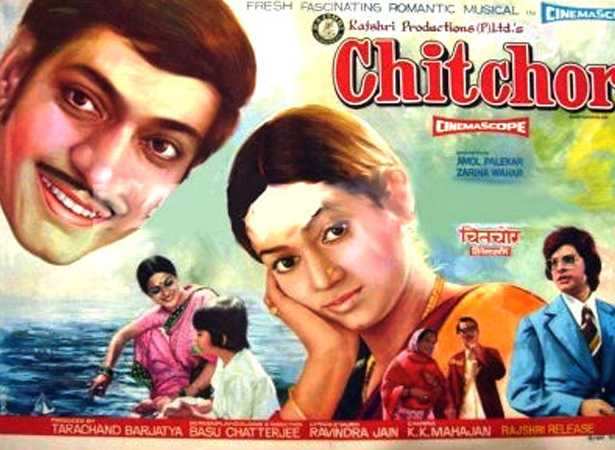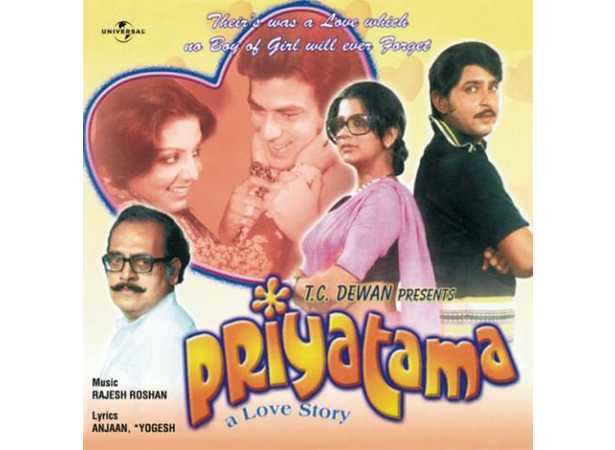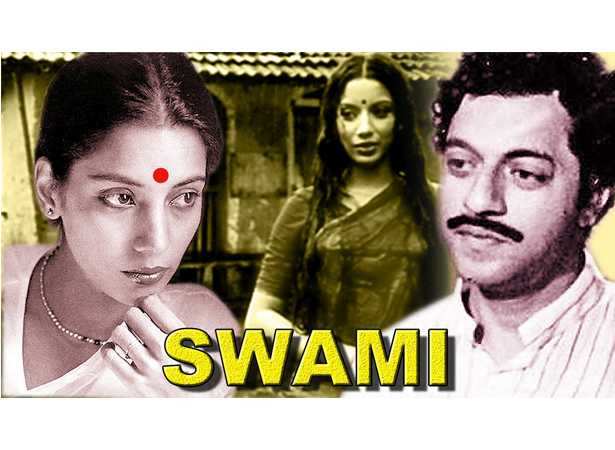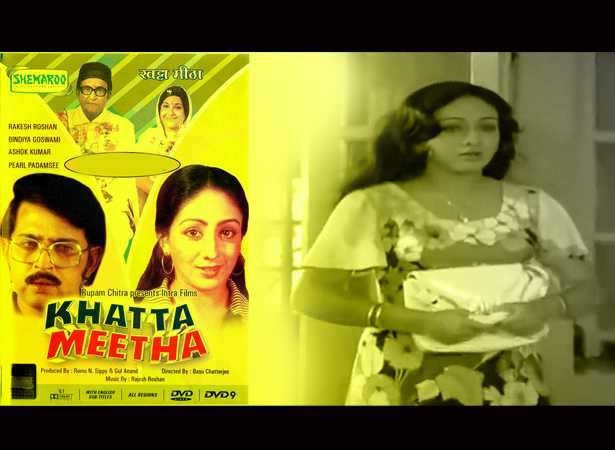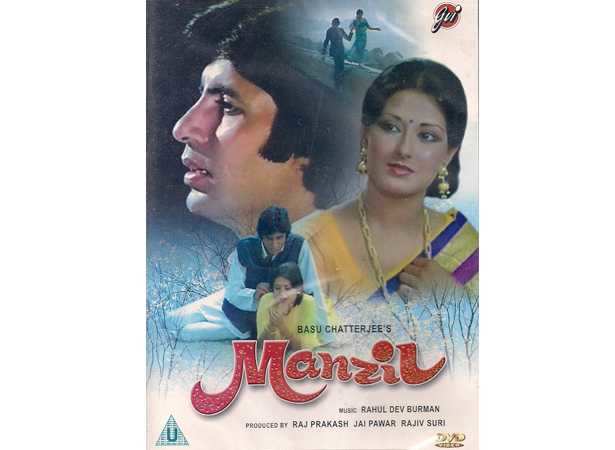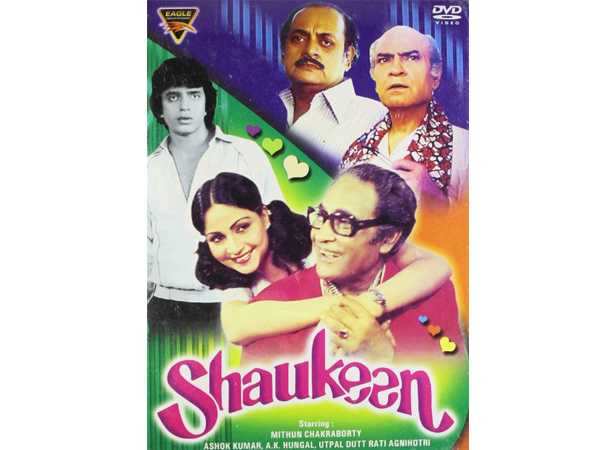Director Basu Chatterjee’s cinema celebrated the extraordinary in the ordinary. His heroines were not about bouffant crowns or bitsy blouses. Rather they were ‘real’ women whom you bumped into at bus-stops, in the office canteen or in trains. His hero was the regular guy bogged down by budgets, bills and the challenge of hitching a bride. Right from Piya Ka Ghar, Rajnigandha, Choti Si Baat, Chitchor, Swami, Baton Baton Mein, Khatta Meeta and Shaukeen, Basuda’s films through the ’70s and ’80s were about everyday concerns, treated with humour. “I belonged to a middle class family. That’s the life I know. That’s why there was nothing larger-than-life about my films,” says the director who was called ‘the balcony class filmmaker’. “The educated classes or ‘the balcony classes’ would come to see my family entertainers. There was no vulgarity,” he agrees. His ‘common man’ sensibilities were compared to that of the late filmmaker Hrishikesh Mukherjee. “There’s nothing wrong in being compared to Hrishida. I respect him. He was a valuable filmmaker. I found myself making his kind of films, though not consciously. One advantage that Hrishida had was he often remade his Bengali hits in Hindi whereas I used to pick subjects from literature.” He adds, “My filmmaking has been inspired by the Film Society Forum where I saw German, Italian and French films. I was also influenced by Bicycle Thief (an Italian neorealist film directed by Vittorio De Sica) and Billy Wilder films (socio-romantic comedies).” As for himself being an inspiration to many, he says, “I remember Raj Kumar Hirani, when still a student at the FTII, telling me, ‘your work is an eye-opener for us’.”
He wouldn’t mind if his films were to be remade. Basuda doesn’t believe in writing his memoirs either. “Jhooth bolna padega (I’ll have to lie)!” he says wryly. Nor is he wary of being lost in oblivion. “That’s a part of every artiste’s life. But I stay away from dark themes and depression. That’s why my films are mostly shot in daylight.”
BASUDA ON HIS FILMS
PIYA KA GHAR (1972)
Though I had not lived in a small house, I had seen my friends live like that with a lack of privacy. Jaya Bhaduri was sweet and still is. Her face was expressive. She interpreted the role to the best of my satisfaction. Family members playing cards, the actor brother-in-law rehearsing, the young bride in the kitchen… I loved juxtaposing all these elements together in the film. Laxmikant -Pyarelal often used dholak in their compositions. But in Yeh jeevan hai (sung by the late Kishore Kumar) they used the guitar.
RAJNIGANDHA (1974)
This was a love triangle of sorts, starring Amol Palekar, Vidya Sinha and Dinesh Thakur. I got letters from women saying I had correctly depicted a woman’s mind. It often happens that a girl may love one person and get married to someone else. When I listen to the songs Rajnigandha phool tumhare, Na jaane kyon… today, I realise my lyricist Yogesh did a brilliant job. We signed Vidya who was already 28 then but she didn’t look that old. I also did Choti Si Baat (1976) with Vidya and Amol. In that I asked Dharmendra to do a cameo. Dharmendra asked me to get Hema Malini to Khandala too for the song (Janeman janeman) as they were romancing each other then.
CHITCHOR (1976)
This featured Zarina Wahab and Amol Palekar. Zarina had a nice face. I don’t know what makes a woman look beautiful. She should just remain what she is and not pretend to be what she’s not. My heroines played their character. The song Jab deep jale aana written and composed by Ravindra Jain is still popular. The producers Rajshris didn’t like it but gave in to my wishes. Later they appreciated my decision. The same was the case with Amol Palekar whom the Rajshris found ordinary looking. But after Rajnigandha they asked me to sign him. Amol was a clerk in the Bank of India at Flora Fountain. I used to watch him doing theatre – Satyadev Dubey’s plays – and liked him as an actor.
PRIYATAMA (1977)
This had Jeetendra as the male lead opposite Neetu Singh. The song Cham cham barse, filmed on Neetu Singh in the rains was inspired by the French film The Umbrellas of Cherbourg with a whole lot of umbrellas around. Most heroines would take half an hour for a dress change. But Neetu would be back in five minutes. Also I’d address her with her full name Neetu Singh. She’d say, “Dada why are you calling me by my full name? Call me Neetu.”
SWAMI (1977)
This was based on a novel by Sarat Chandra of the same name. We shot a huge chunk of the film in Filmalaya. That helped Shabana Azmi get totally involved in her role of Saudamini. Shabana felt conscious of her buck teeth and wouldn’t laugh heartily. She’d also avoid scenes that required her to laugh. One day I told her, ‘Laugh naturally, you can’t cheat the Maker’.” The outdoors of Swami was not shot in Kolkata as is the normal perception. We shot it around Dahisar. There was a shop in Mumbai, which sold Kolkata sarees. Shabana took me along to pick them. Moreover, wearing sindoor is a Bengali tradition. But after Shabana wore it in the film, a lot of women here started wearing it too. The film had music by Rajesh Roshan. The song Ka karoon sajni (Yesudas) had been composed for some other film. But I said let’s keep it.
KHATTA MEETHA (1977)
The film had Pearl Padmasee and Ashok Kumar play Parsi characters. I was a cartoonist for almost 15 years in Blitz, which was run by the late RK Karanjia, a Parsi. I even called my protagonist Homi Mistry based on the name of the assistant editor there. Ashok Kumar and I became great friends. He was multi-faceted. He practiced homeopathy, spoke French fluently and painted too.
Gulzar wrote the beautiful song Thoda hai thode ki zaroorat hai. Truly, one can choose to be happy.
MANZIL (1979)
The romantic drama, featured Moushumi Chatterjee and Amitabh Bachchan. Moushumi was mischievous. She’d hold my hand whilst talking. She didn’t mean anything but it would make me wonder. Actually, she was just being naughty. It was just ullu banao (make a fool out of him)! In Us Paar, she had to wear a backless choli. She wore it saying, ‘I’m only doing it for you’. She must have been around 20 then. The song in Manzil - Rimjhim ghire sawan, a RD Burman gem, was filmed at Flora Fountain and Marine Lines in Mumbai. Amitabh Bachchan was growing to be popular. My cameraman and I shot the song quickly before people could realise what was happening. Luckily, it rained continuously that day.
SHAUKEEN (1982)
This was based on Samaresh Basu’s story. The writer believed that a man’s attraction towards a woman never ceases. The film had three old men played by Ashok Kumar, Utpal Dutt and AK Hangal fascinated by Rati Agnihotri. Rati had to wear a swimsuit in the film. During the shoot she felt uncomfortable but didn’t let us know. Also, Pasand Apni Apni required her to dance for the first time on screen. But she did it better than the group of trained dancers.


